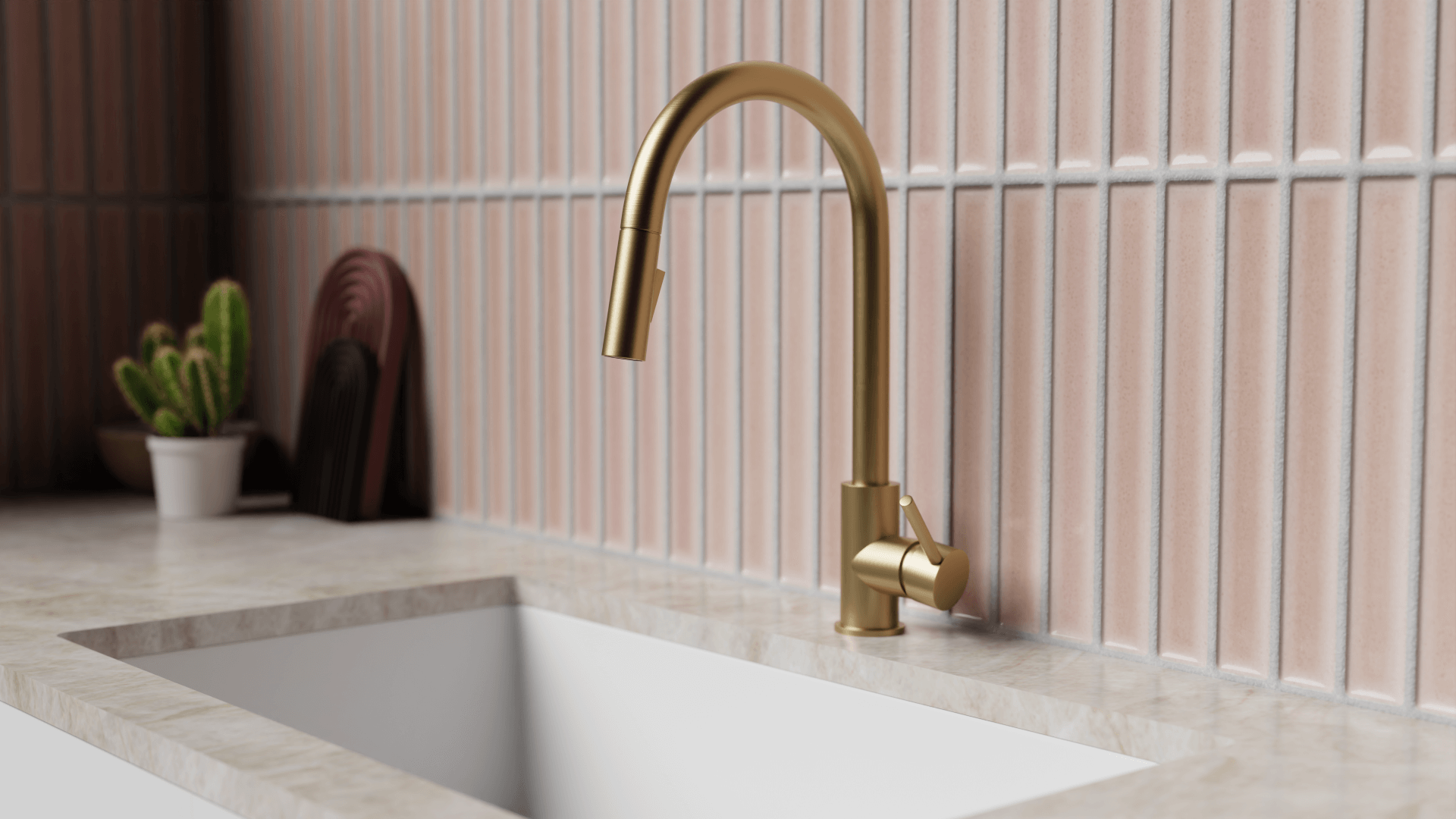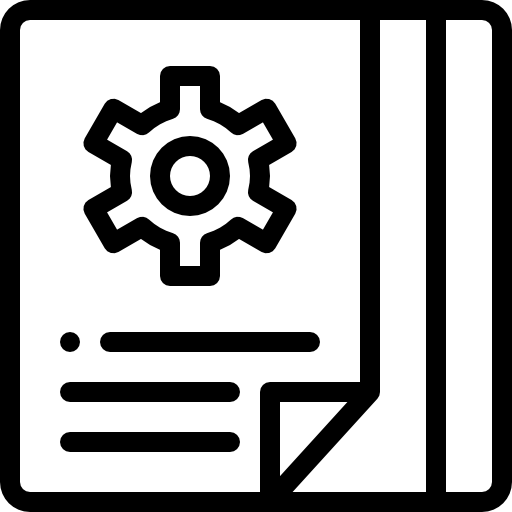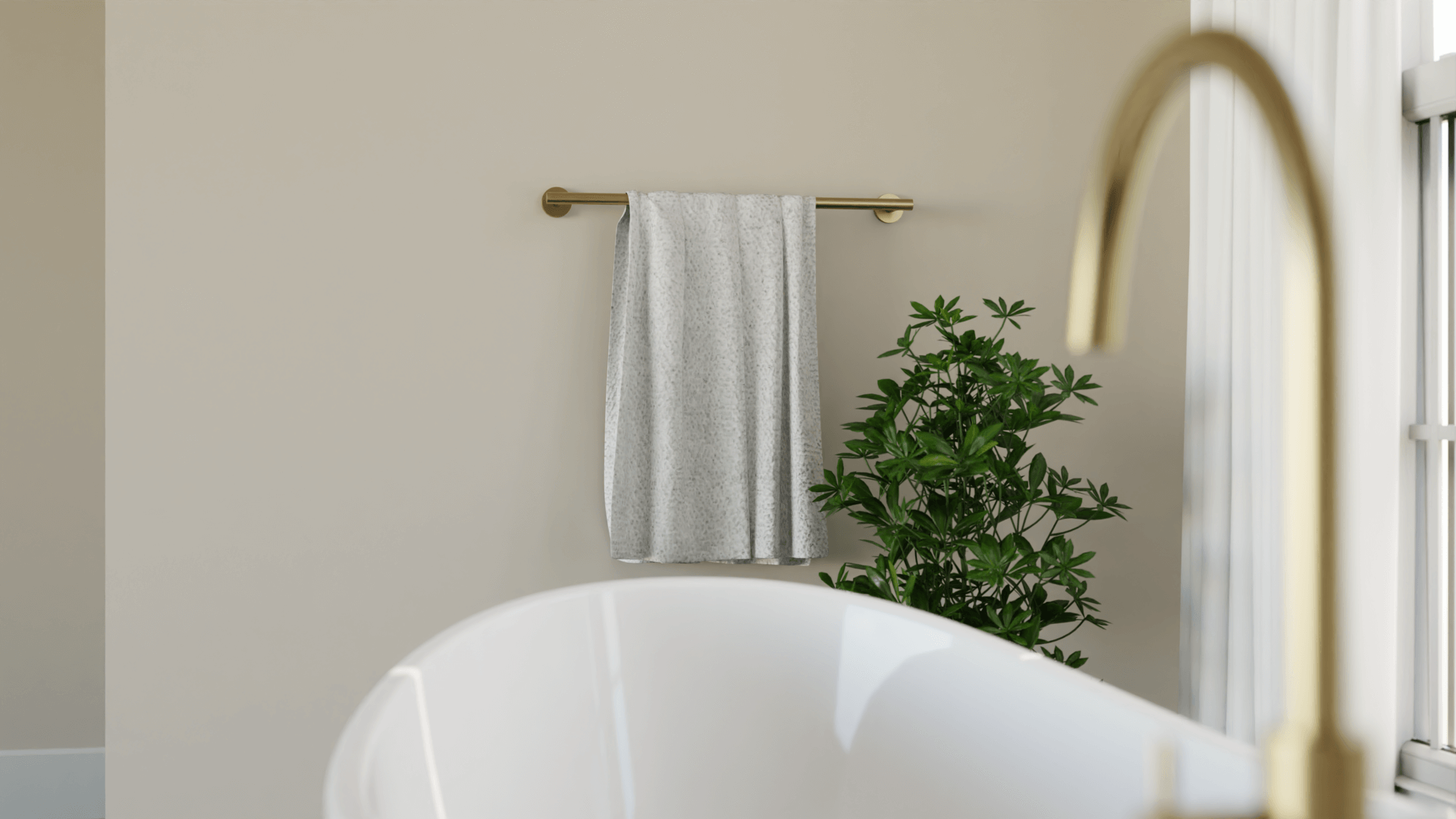Best Practices for Touch Kitchen Faucets

In today’s modern kitchen, convenience and hygiene are paramount. Touch-activated kitchen faucets have become increasingly popular for their ability to provide both. These innovative fixtures offer a hands-free approach to water flow, making daily tasks in the kitchen more efficient and reducing the risk of cross-contamination. However, to make the most of your touch-activated kitchen faucet, following some best practices is essential. This blog will explore these practices to ensure you get the most out of your touch faucet while maintaining cleanliness and functionality.
Clean Hands

The first and foremost practice when using touch-activated kitchen faucets is to ensure your hands are clean before touching the faucet. This practice prevents transferring dirt, grime, or contaminants to the faucet’s surface, maintaining a hygienic environment.
Familiarize Yourself

Different touch faucets may have varying sensitivity levels. Take some time to get accustomed to the touch sensitivity of your specific model. This familiarity will help you use it more effectively and prevent accidental activations.
Adjust Sensitivity

Many touch faucets come with adjustable sensitivity settings. If you find the faucet too sensitive or not sensitive enough to your liking, take advantage of this feature and customize it to your preference. To find out if your faucet has the ability to adjust sensitivity, reach out to your manufacturer or place of purchase and reference the brand and model number of your faucet.
Avoid Splashing

Mindful water usage is essential when using touch-activated faucets. Adjust the water pressure to prevent splashing, especially when activating the touch feature. This practice will help maintain a clean and dry kitchen.
Use the Right Part

Every touch faucet has a designated touch point, often the spout or the base. Ensure you use the correct area for touch activation to avoid confusion and ensure consistent performance.
Be Consistent

To maintain a smooth experience, make it a habit to use the same touch point every time. Consistency reduces confusion, and you’ll quickly become adept at using your touch-activated faucet.
Keep It Clean

Regularly clean the faucet’s surface to prevent the buildup of dirt, grime, or fingerprints. How often you should clean the faucet depends on how much you use it, but typically we reccomend cleaning it twice a week. A clean surface not only looks better but also ensures optimal touch sensitivity.
Battery Maintenance

If your touch faucet is battery-operated, monitor the batteries’ status and replace them as needed. This practice ensures that the faucet functions consistently and reliably.
Follow the Manufacturer’s Instructions

Always adhere to the manufacturer’s installation, maintenance, and troubleshooting instructions. Doing this will help you make the most of your touch faucet and avoid unnecessary issues.
Emergency Shut-Off

In case the touch feature malfunctions, it’s crucial to know how to turn off the water manually. You can typically do this with the handle or valve under the sink.
Water Temperature

Exercise caution with hot water. Some touch faucets have default temperature settings. To avoid accidents, be sure you’re comfortable with the water temperature before activating the touch feature.
Teach Others

If you have family members or guests who are unfamiliar with touch faucets, take a moment to explain how they work. This education will prevent confusion and ensure everyone can use the faucet effectively.
Regular Maintenance

Periodically check for leaks, loose connections, or any other issues and address them promptly to ensure the faucet functions correctly. Should you find any issues with the faucet, reach out to the manufacturer or place of purchase for assistance.
Bonus Tip!

Leave the faucet handle at a medium temperature and medium water pressure before turning it off. This way, when someone else comes to use the faucet, it won’t splash, and the water will be at a comfortable temperature.
Conclusion
Touch-activated kitchen faucets are a modern marvel, providing both convenience and improved hygiene in the kitchen. By following these best practices, you can make the most of your touch faucet, ensuring it remains efficient, clean, and reliable for years. Embracing these practices will simplify your kitchen routine and contribute to a healthier and more enjoyable cooking experience.
Explore Borhn’s Range of Direct-to-Consumer Bathroom & Kitchen Fixtures (Including Touch Kitchen Faucets!)
Icons sourced from www.flaticon.com
Get in touch
Have a question or need something bespoke?
Enter your details and one of our experienced team members will get back to you shortly.


